
The Patchwork Girl of Oz is the seventh novel in L. Frank Baum's Oz series. Characters include the Woozy, Ojo "the Unlucky", Unc Nunkie, Dr. Pipt, Scraps, and others. The book was first published on July 1, 1913, with illustrations by John R. Neill. In 1914, Baum adapted the book to film through his Oz Film Manufacturing Company.

The Emerald City of Oz is the sixth of L. Frank Baum's fourteen Oz books. Originally published on July 20, 1910, it is the story of Dorothy Gale and her Uncle Henry and Aunt Em coming to live in Oz permanently. While they are toured through the Quadling Country, the Nome King is assembling allies for an invasion of Oz. This is the first time in the Oz series that Baum made use of double plots for one of the books.
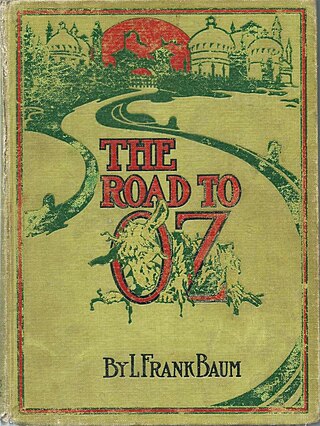
The Road to Oz is the fifth book in L. Frank Baum's Oz series. It was originally published on July 10, 1909 and documents the adventures of Dorothy Gale's fourth visit to the Land of Oz.
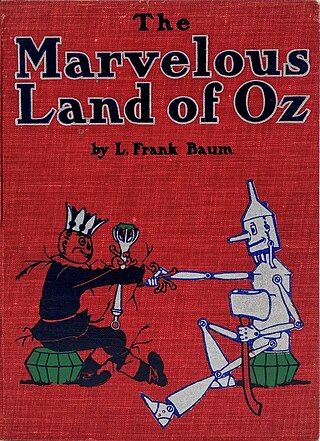
The Marvelous Land of Oz: Being an Account of the Further Adventures of the Scarecrow and the Tin Woodman, commonly shortened to The Land of Oz, published in July 1904, is the second book in L. Frank Baum's Oz series, and the sequel to The Wonderful Wizard of Oz (1900). This and the following 34 books in the series were illustrated by John R. Neill.

The Tin Woodman of Oz: A Faithful Story of the Astonishing Adventure Undertaken by the Tin Woodman, Assisted by Woot the Wanderer, the Scarecrow of Oz, and Polychrome, the Rainbow's Daughter is the twelfth book in the Oz series written by L. Frank Baum and was originally published on May 13, 1918. The Tin Woodman is reunited with his Munchkin sweetheart Nimmie Amee from the days when he was flesh and blood. This was a back-story from Baum's 1900 novel, The Wonderful Wizard of Oz.
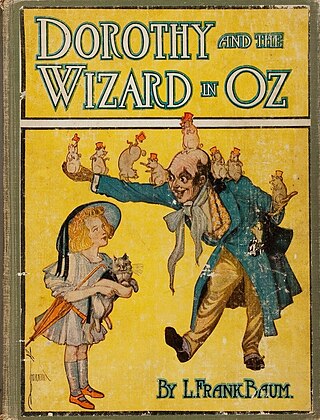
Dorothy and the Wizard in Oz is the fourth book set in the Land of Oz written by L. Frank Baum and illustrated by John R. Neill. It was published on June 18, 1908 and reunites Dorothy Gale with the humbug Wizard from The Wonderful Wizard of Oz (1900). This is one of only two of the original fourteen Oz books to be illustrated with watercolor paintings.

Dorothy Gale is a fictional character created by American author L. Frank Baum as the protagonist in many of his Oz novels. She first appears in Baum's classic 1900 children's novel The Wonderful Wizard of Oz and reappears in most of its sequels. In addition, she is the main character in various adaptations, notably the 1939 film adaptation of the novel, The Wizard of Oz.

Princess Ozma is a fictional character from the Land of Oz, created by American author L. Frank Baum. She appears for the first time in the second Oz book, The Marvelous Land of Oz (1904), and in every Oz book thereafter.

The Land of Oz is a magical country introduced in the 1900 children's novel The Wonderful Wizard of Oz written by L. Frank Baum and illustrated by W. W. Denslow.

Jack Pumpkinhead is a fictional character from the Land of Oz who appears in several of the classic children's series of Oz books by American author L. Frank Baum. Jack first appeared as a main character in the second Oz book by Baum, The Marvelous Land of Oz (1904), and returned often in subsequent books. He got the starring role in Ruth Plumly Thompson's 1929 book Jack Pumpkinhead of Oz.

The Nome King is a fictional character created by American author L. Frank Baum. He is introduced in Baum's third Oz book Ozma of Oz (1907). He also appears in many of the continuing sequel Oz novels also written by Baum. Although the character of the Wicked Witch of the West is the most notable and famous Oz villain, it is actually the Nome King who is the most frequent antagonist throughout the entire book series.
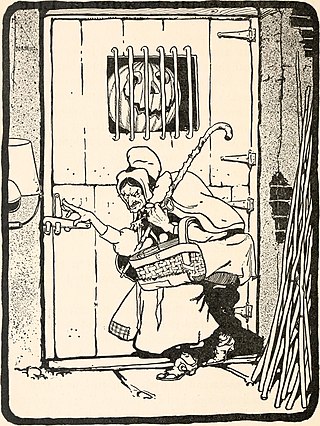
Mombi is a fictional character in L. Frank Baum's classic children's series of Oz Books. She is the most significant antagonist in the second Oz book The Marvelous Land of Oz (1904), and is alluded to in other works. Mombi plays a very important role in the fictional history of Oz.

Kabumpo in Oz (1922) is the sixteenth Oz book, and the second written by Ruth Plumly Thompson. It was the first Oz book fully credited to her.

The Magical Mimics in Oz (1946) is the thirty-seventh in the series of Oz books created by L. Frank Baum and his successors, and the first written by Jack Snow. It was illustrated by Frank G. Kramer. The book entered the Public Domain in the United States, when its copyright was not renewed as required.
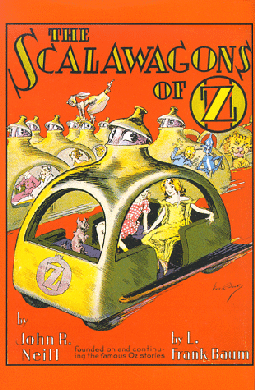
The Scalawagons of Oz (1941) is the thirty-fifth in the series of Oz books created by L. Frank Baum and continued by his successors; it is the second volume in the series both written and illustrated by John R. Neill.
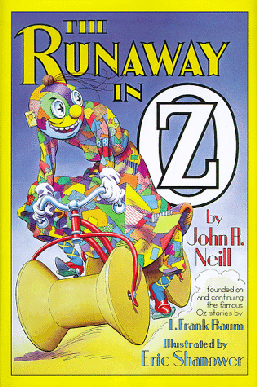
The Runaway in Oz is an Oz book by long-time Oz illustrator John R. Neill. It was written originally during 1943 and was meant to be the thirty-seventh book in the Oz series. However, Neill died before he could edit or illustrate the book. Oz publisher Reilly & Lee decided not to publish the book due to shortages caused by World War II. The text remained a possession of Neill's family.
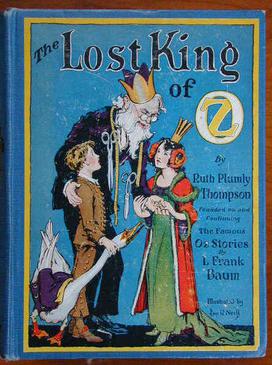
King Pastoria is a fictional character mentioned in the Oz books by American author L. Frank Baum. He was the rightful ruler and King of the undiscovered Land of Oz, but was mysteriously removed from his position when the Wizard of Oz unexpectedly came to the country and took the throne, proclaiming himself as the new dominant ruler of Oz. Shortly after, Pastoria's only child and heir, Princess Ozma, suddenly vanished, leaving not a single clue of her whereabouts.
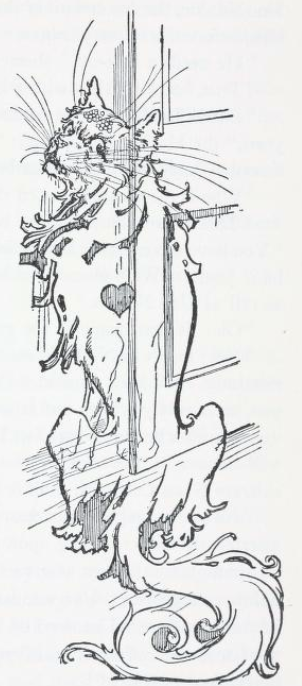
Bungle, the Glass Cat is a character in the Oz books of L. Frank Baum.
The Soldier with the Green Whiskers is a character from the fictional Land of Oz who appears in the classic children's series of Oz books by American author L. Frank Baum and his successors. He is introduced in The Wonderful Wizard of Oz (1900). His name is Omby Amby, but this was so obliquely stated that he also became known briefly as Wantowin Battles.


















